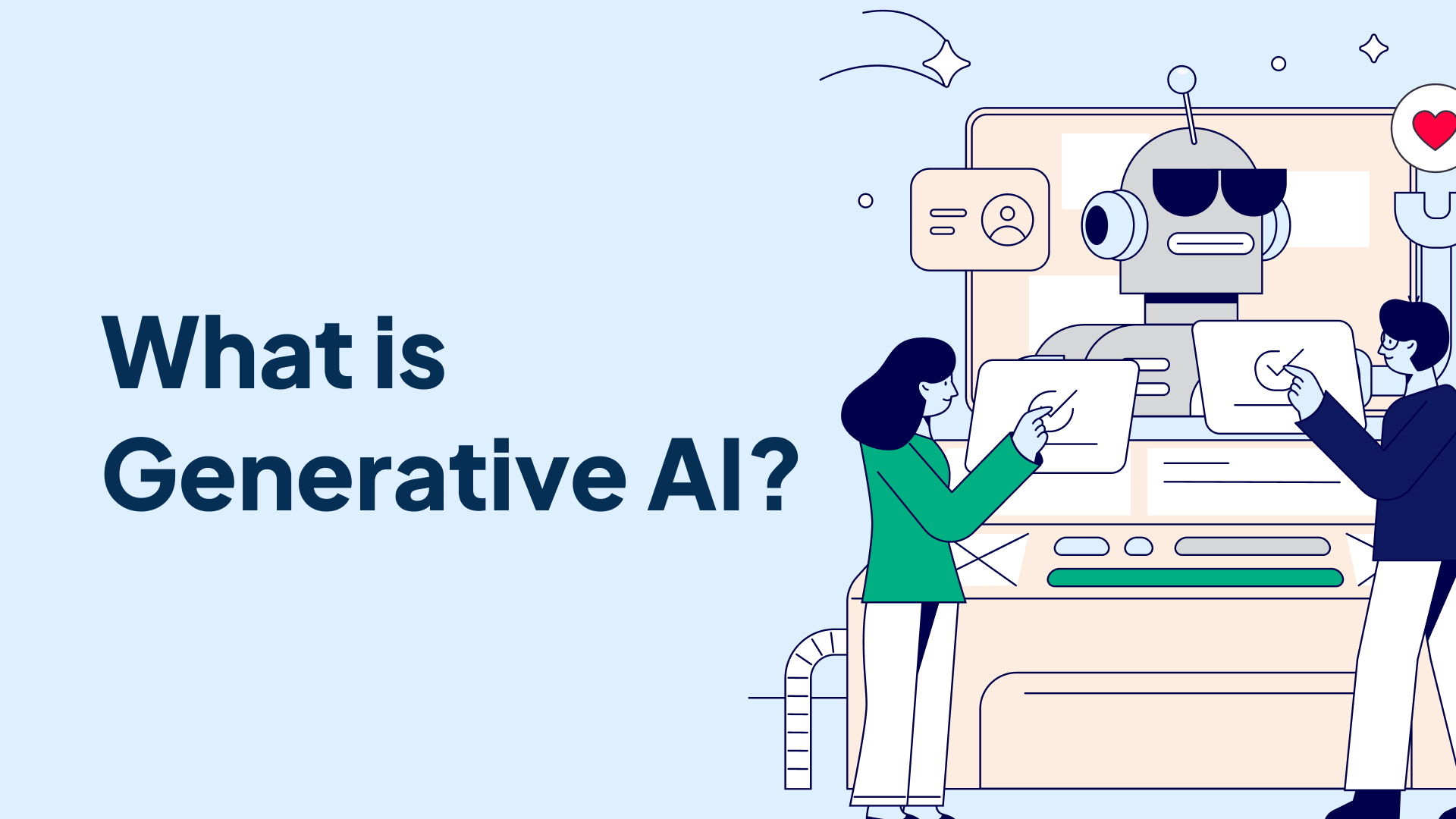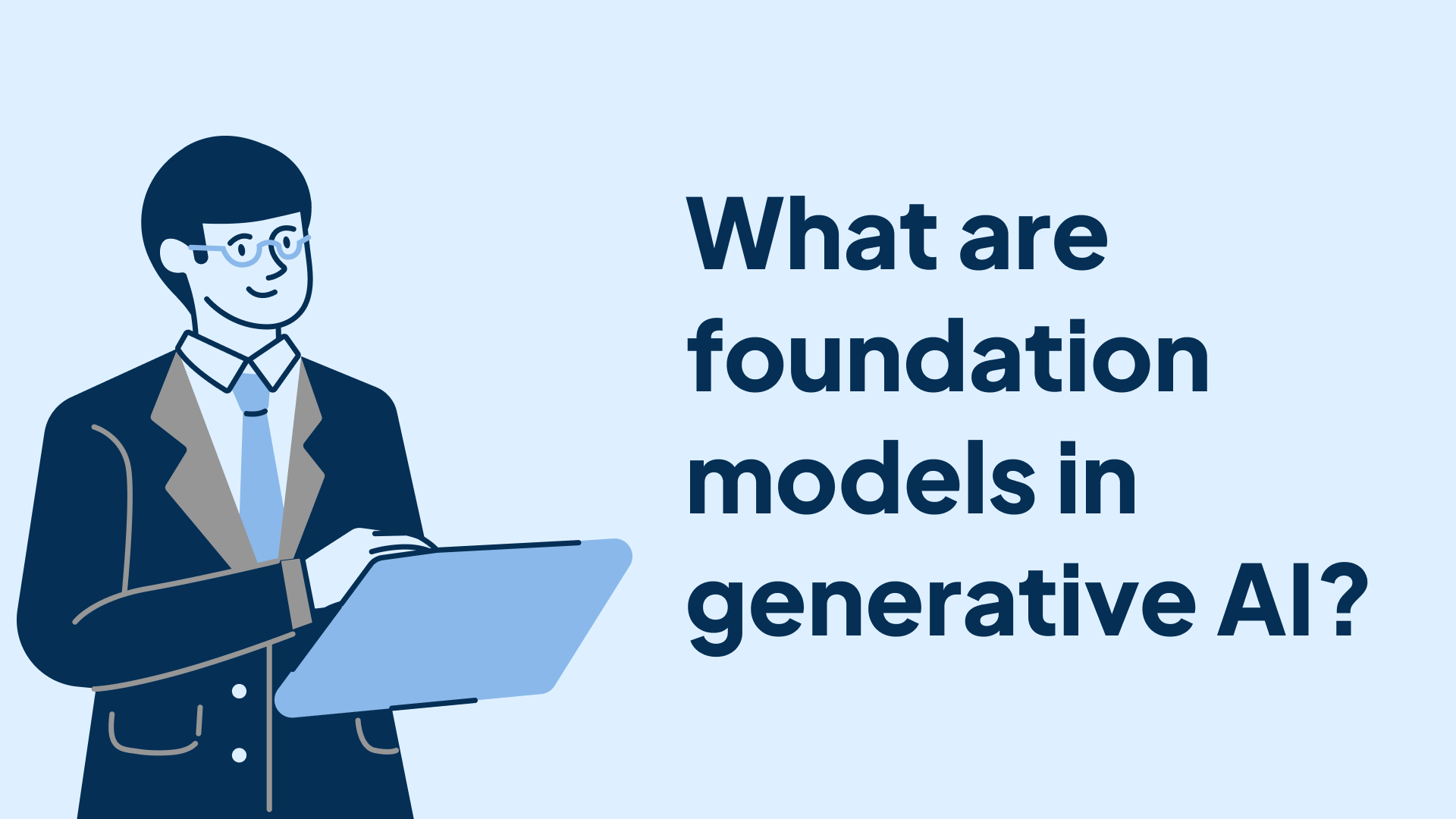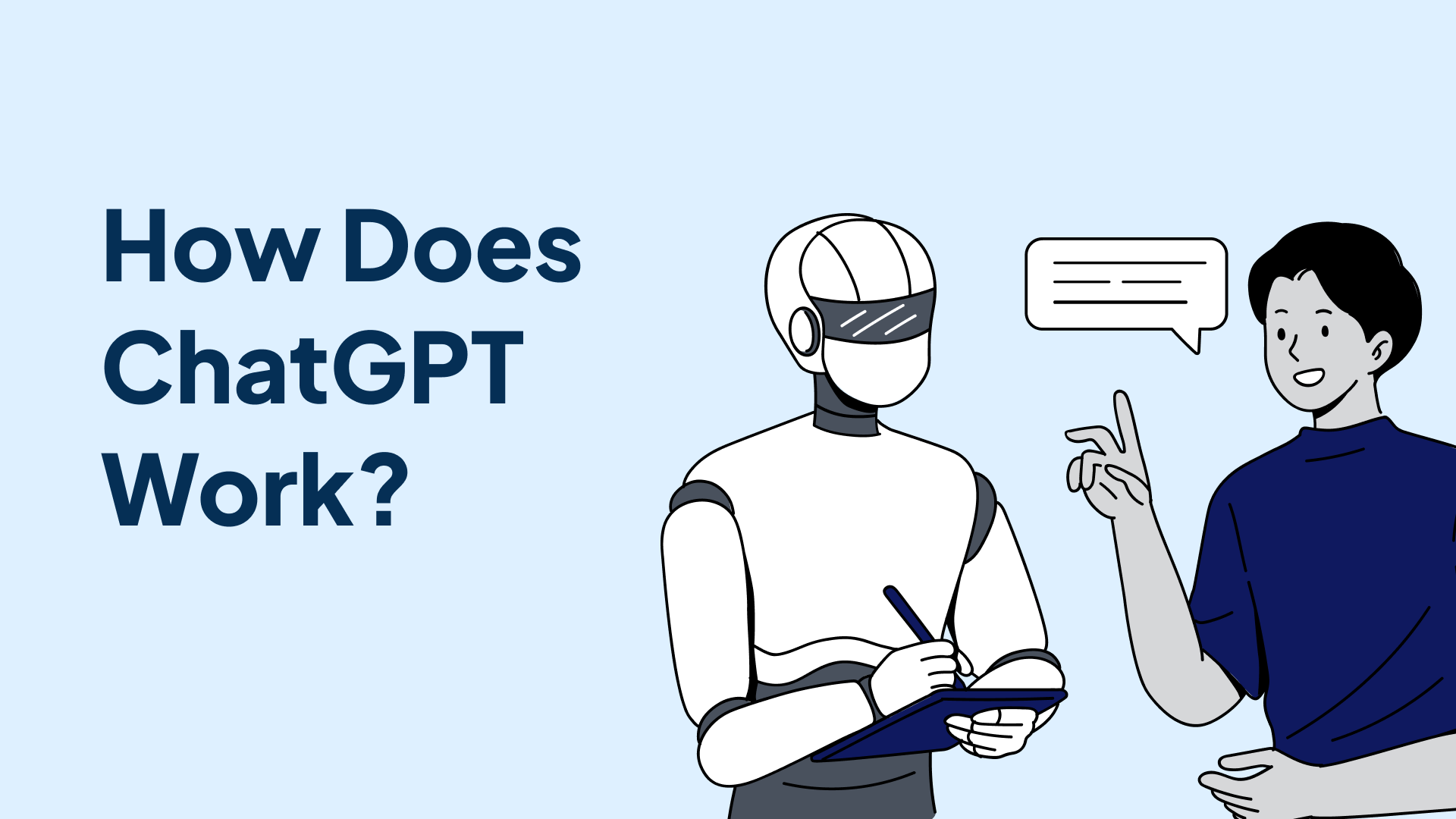Generative AI has recently emerged as one of the most exciting and rapidly advancing fields in artificial intelligence. It refers to AI systems that can generate new and original content, such as text, images, audio, video, or even code, based on the data they were trained on. This technology has opened up a world of possibilities, from creating realistic images and videos to generating human-like text and even developing new molecules and materials.
The recent surge in interest and progress in generative AI can be attributed to several key advancements, including the development of powerful neural network architectures like Variational Autoencoders (VAEs), Generative Adversarial Networks (GANs), and Transformers. Additionally, the availability of massive datasets and increased computational power has allowed researchers to train these models on vast amounts of data, enabling them to capture and learn complex patterns and structures.
How Generative AI Works
At the core of generative AI models are neural networks, which are inspired by the structure and function of the human brain. These networks are composed of interconnected nodes or neurons that process and transmit information, allowing them to learn and adapt based on the data they are exposed to.
One of the key principles behind generative AI is the ability to learn from data in an unsupervised or semi-supervised manner. Unlike traditional machine learning models that require labeled data for training, generative models can learn from vast amounts of unlabeled data, making it easier to leverage large datasets.
Variational Autoencoders (VAEs)
Variational Autoencoders (VAEs) were among the first deep learning models widely used for generating realistic images and speech. They work by encoding unlabeled data into a compressed representation, known as the latent space, and then decoding this representation back into its original form. The critical feature of VAEs is their ability to not just reconstruct data but also generate new variations of the original data by sampling from the learned latent space.
Generative Adversarial Networks (GANs)
Generative Adversarial Networks (GANs) are another popular architecture for generative AI. They consist of two neural networks: a generator and a discriminator. The generator creates new samples, while the discriminator tries to distinguish between the generated samples and real data samples. The two networks compete against each other in an adversarial manner, with the generator trying to produce more realistic samples that can fool the discriminator and the discriminator becoming better at identifying fake samples. This adversarial training process ultimately leads to the generator learning to produce highly realistic outputs.
Transformers and Large Language Models
Transformers, introduced by Google in 2017, have revolutionized the field of natural language processing (NLP) and are the driving force behind the recent success of large language models like GPT-3, PaLM, and BLOOM. Transformers use an attention mechanism that allows them to process words in a sentence all at once, enabling parallel processing and capturing long-range dependencies, which was a significant limitation of earlier architectures like Recurrent Neural Networks (RNNs).
Large language models are transformer-based models trained on vast amounts of text data, allowing them to learn and understand the structure and patterns of human language. These models can then be used for a wide range of generative tasks, such as text generation, translation, summarization, and question-answering.
Applications of Generative AI
The applications of generative AI are vast and span multiple domains, including:
- Creative Industries: Generative AI has the potential to revolutionize creative industries like art, music, and writing by enabling the generation of original content. Tools like DALL-E, Stable Diffusion, and ChatGPT have already demonstrated their ability to create realistic images, music, and text.
- Scientific Research: Generative AI can be used to discover new molecules, materials, and even protein structures, accelerating research and development in fields like drug discovery, material science, and biology.
- Content Creation: Generative AI can assist in creating various types of content, such as articles, reports, stories, scripts, and even computer code, saving time and effort for content creators.
- Data Augmentation: Generative models can be used to create synthetic data, which can be valuable for training other AI systems, particularly in domains where real data is scarce or difficult to obtain.
- Personalization: By generating personalized content and experiences based on individual preferences and behaviors, generative AI can enhance user experiences in areas like marketing, entertainment, and customer service.
Challenges and Ethical Considerations
While the potential of generative AI is undeniable, it also raises several ethical and societal concerns that need to be addressed:
- Bias and Fairness: Generative models can inherit and amplify biases present in their training data, leading to the generation of content that perpetuates harmful stereotypes or discrimination.
- Misinformation and Deepfakes: The ability to generate highly realistic and convincing content, such as text, images, and videos, poses risks of misinformation and the creation of deepfakes, which can have serious implications for society.
- Privacy and Copyright: Generative models may inadvertently incorporate personal or copyrighted information from their training data, raising concerns around privacy and intellectual property rights.
- Accountability and Transparency: As generative AI systems become more complex and autonomous, ensuring accountability and transparency in their decision-making processes becomes increasingly challenging.
- Job Displacement: The automation of content creation and creative tasks through generative AI could potentially lead to job displacement in certain industries, raising concerns about its impact on employment and the workforce.
Addressing these challenges will require collaboration between researchers, policymakers, and industry leaders to develop ethical guidelines, regulatory frameworks, and technical solutions that can mitigate the risks while harnessing the benefits of generative AI.
Conclusion
Generative AI is a rapidly evolving field that holds immense potential for transforming various industries and aspects of our lives. From creating original artwork and generating human-like text to accelerating scientific research and developing new materials, the applications of generative AI are vast and exciting.
However, as with any powerful technology, it is crucial to address the ethical and societal implications of generative AI, ensuring that its development and deployment are guided by principles of fairness, transparency, and accountability.
As we continue to push the boundaries of what is possible with generative AI, it is essential to strike a balance between innovation and responsible development, enabling us to harness the full potential of this technology while safeguarding against its misuse and unintended consequences.










